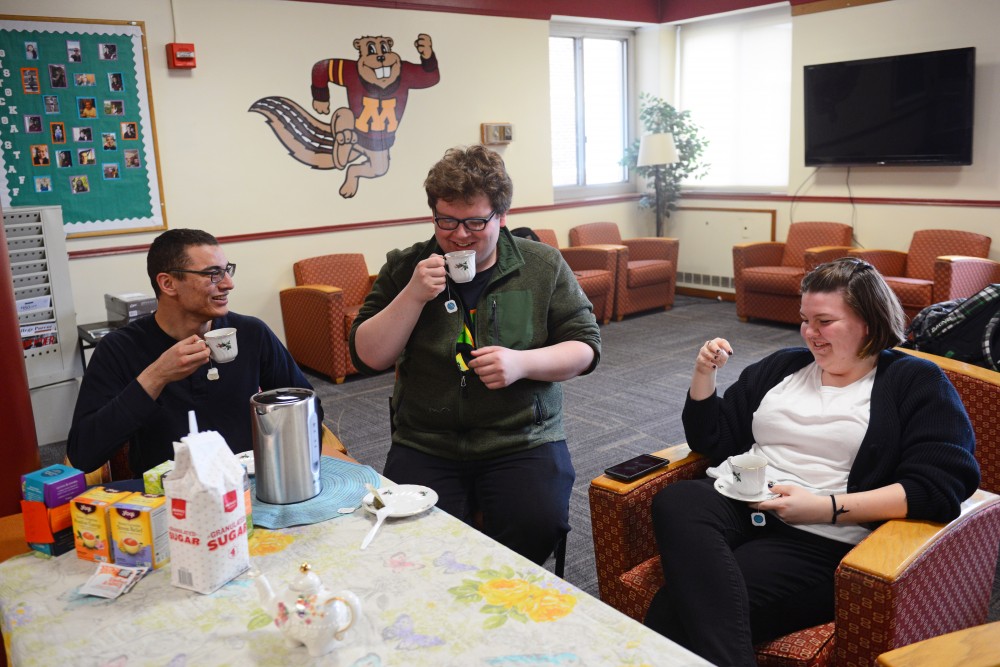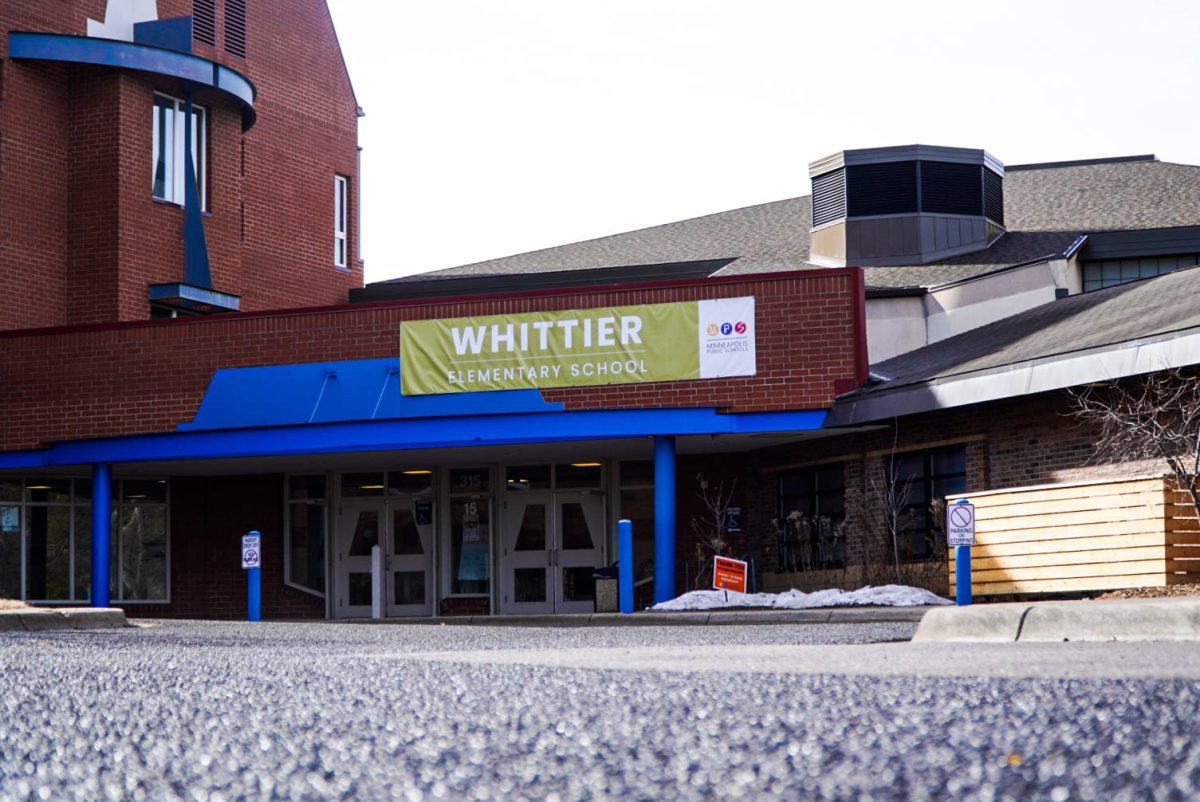Every month or so, a group of Middlebrook Hall residents gather in a dorm room to socialize over cans of LaCroix sparkling water paid for by the University of Minnesota.
The group, called “La Cry,” is one of over 350 residence hall student groups at the University — the highest number since the Housing and Residential Life Groups program started five years ago.
“There were so many people on my floor that drank LaCroix and I always joked that we should just make a club and get LaCroix for free,” said freshman Julian Kinneavy, founder of the club.

In 2013, the Housing and Residential Life office started offering small amounts of housing funds to finance student groups. The funds can be used for things like games, art materials and, most commonly, food.
After 303 groups were created its inaugural year, the program didn’t see the same turnout in the following years, averaging around 250 total groups each year from 2014-2017. This year, there are 353 groups — 91 more than last year.
HRL began the program to encourage students, especially freshmen, to make new friends and pursue face-to-face interaction with peers, said Kristie Feist, assistant director of HRL.
“We know when students don’t feel like they belong where they live, that doesn’t feel good. And that directly impacts whether or not they stay at the institution,” Feist added.
Some of these groups are focused on specific goals and issues, like a Red Cross club that organizes blood drives, but many are unorthodox, ranging from a group dedicated to watching ABC’s “The Bachelor” while eating sushi to the Knights of Cereal, a club for cereal enthusiasts.
“I think it’s really nice, especially if you take advantage of it … I like it a lot because it fosters community,” said freshman Bridget Robertson. Robertson leads a club called Fruitful Studying, where she and her friends are given fruit to eat while studying together.
All clubs go through an application process, and, if approved, are eligible for approximately $50-$150 of their hall’s student-paid room and board funds per semester, depending on the size of the group, the hall in which it is held and the amount of groups already created, Feist said.
“They make [applying] super easy … To my knowledge, they’ll basically approve anything,” Kinneavy said.
This ease of accessibility is by design.
“We know every hoop that a student has to jump through is another barrier to them actually completing the process,” Feist said.
This year’s interest spike is not the result of additional advertising of the program, but is possibly due to early adopters of the program influencing their peers, she said.
The residence hall-hosted student group system is relatively unique among universities. The system was developed to help students get involved on campus without much commitment, Feist said.
“[It’s] something that’s a little less risky, easier to get involved in because it’s directly where they live,” she said.
Although he recognizes the novelty of his group, Kinneavy believes these groups are important to the culture of the University.
“I think they just appreciate that people are spending time together and interacting with each other, which is kind of what the club’s about,” he said. “I say it’s a joke club, but really it’s the same as any other club.”







